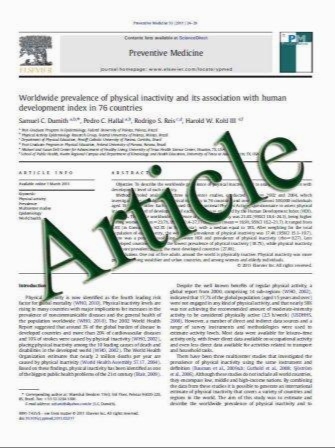Role of NFAT5 in Inflammatory Disorders Associated with Osmotic Stress
- نوع فایل : کتاب
- زبان : انگلیسی
- مؤلف : Wolfgang Neuhofer*
- چاپ و سال / کشور: 2010
Description
Nuclear factor of activated T cells 5 (NFAT5) is the most recently described member of the Rel family of transcription factors, including NF-..B and NFAT1-4, which play central roles in inducible gene expression during the immune response. NFAT5 was initially described to drive osmoprotective gene expression in renal medullary cells, which are routinely faced by high extracellular osmolalities. Recent data however indicate profound biological importance of the mammalian osmotic stress response in view of NFAT5 dependent gene regulation in non-renal tissues. In mononuclear cells and epithelial cells, NFAT5 stimulates the expression of various pro-inflammatory cytokines during elevated ambient tonicity. Accordingly, compared to plasma, the interstitial tonicity of lymphoid organs like spleen and thymus and that of liver is substantially hypertonic under physiological conditions. In addition, anisotonic disorders (hypernatremia, diabetes mellitus, dehydration) entail systemic hyperosmolality, and, in inflammatory disorders, the skin, intestine, and cornea are sites of local hyperosmolality. This article summarizes the current knowledge regarding systemic and local osmotic stress in anisotonic and inflammatory disorders in view of NFAT5 activation and regulation, and NFAT5 dependent cytokine production.
Current Genomics, 2010, 11, 584-590 Received on: September 15, 2010 - Revised on: October 05, 2010 - Accepted on: October 11, 2010


